Check Engine Light Flashing| Everything You Want to Know About Engine
A flashing check engine light on your dashboard can raise a number of concerns. Continue reading to find out everything you need to know if this occurs.
The dashboard of your car is equipped with numerous warning lights to alert you when something is wrong. The Check Engine Light is one of the most well-known, although most people see it as a solid light. When the Check Engine Light illuminates, you need to know what to do next.
Throughout this tutorial, we will go over the most important issues to be cautious of when you see a flashing Check Engine Light. We go over some more measures you can take to remedy the problem.
What Does the Check Engine Light Mean?
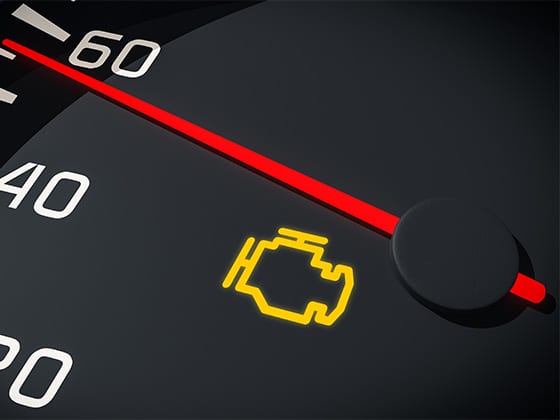
It’s important to pay attention to the bright orange or yellow engine light on your instrument cluster. Once the ECU detects that something is outside of its recommended parameters, suggesting that something is amiss, the check engine light, also known as the malfunction indicator bulb, will illuminate.
This light can be activated by mechanical and electrical problems, although it was primarily created to safeguard its internal parts and increase longevity. The check engine light can be set off by even the smallest causes, but you should constantly pay attention to it because it might mean something bad.
In this situation, a flashing check engine light is unmistakably indicative of an engine misfire. This occurs when the fuel, oxygen, or spark in your engine aren’t working together properly. If this problem isn’t fixed, it might do major harm to your car.
Read Also: Camshaft Position Sensor| Anything You Want To Know About Camshaft Sensor
Check Engine Light Trigger
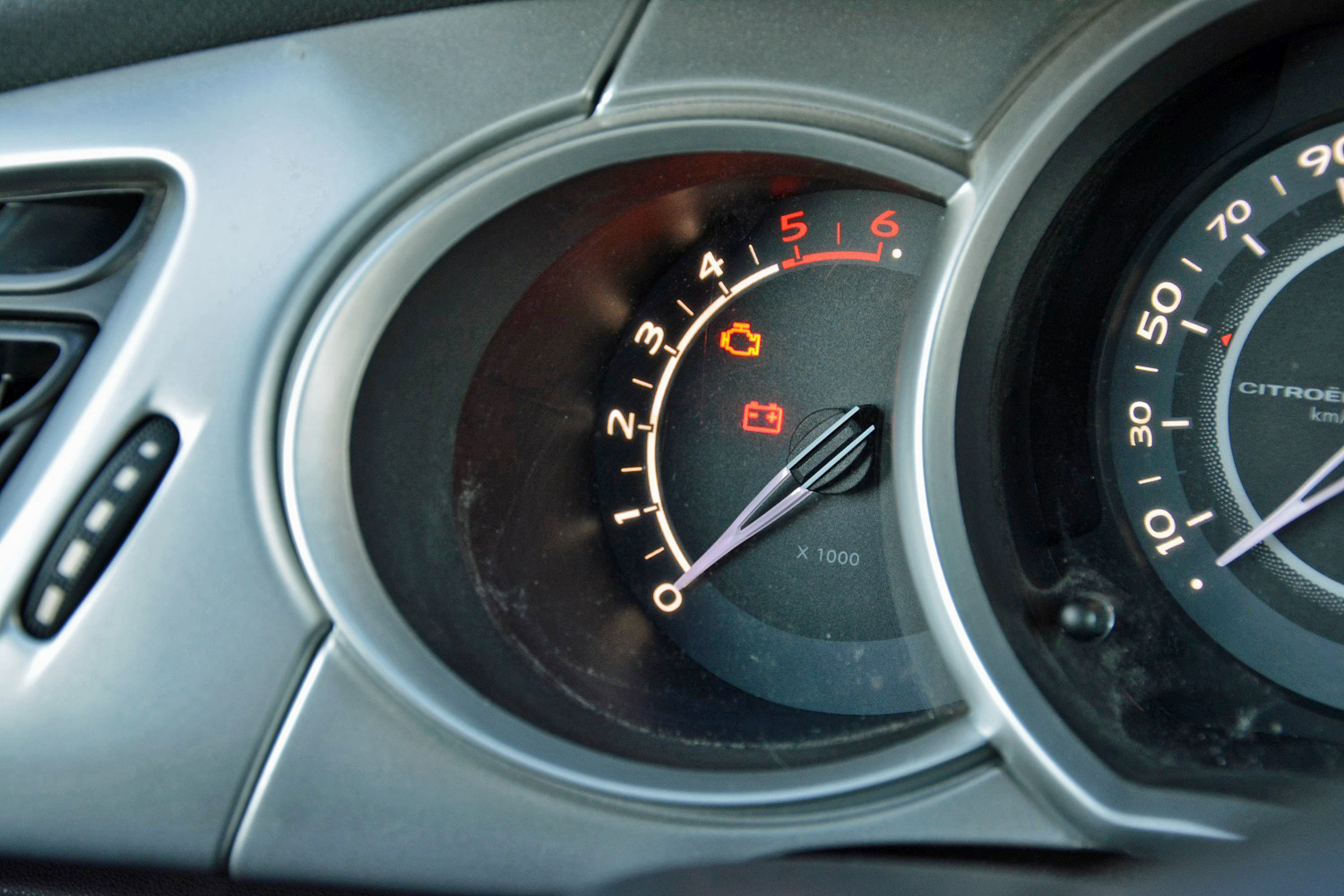
When a part of your car isn’t operating as it should, the malfunction indicator lamp turns on. Frequently, the diagnostic system picks up a problem before the driver does. One of the several sensors in your car will turn on this light if something is outside of the normal range.
Numerous sensors are built into your car and they collect various types of data for its various parts. The following is a list of these sensor parts:
- Camshaft Sensor of Position
- Sensor for Coolant Temperature
- Crankshaft Sensor of Position
- MAF Sensor: Mass Air Flow Sensor
- MAP Sensor (Manifold Absolute Pressure Sensor)
- O2 sensors, or oxygen sensors
To communicate the required information to the ECU, these sensors all operate in concert. The check engine light will turn on if the ECU finds a defect or inefficiency.
WARNING of Engine Lights Flashing
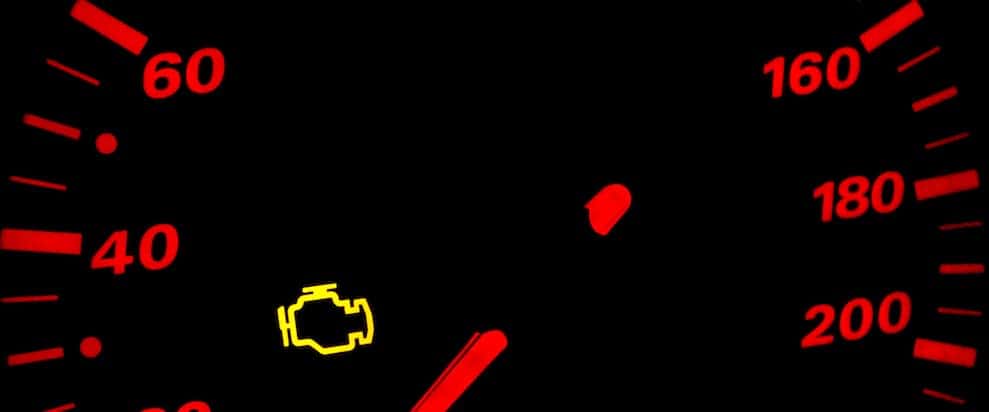
A constant light signals an issue that is present or going to arise but is not an immediate emergency. It may be as simple as a sensor becoming bad, which is typically just an inspection issue.
Is Bad Engine Lights Flashing?
A check engine light will typically illuminate steadily as a significant warning that anything is wrong with your car. But if the LED is blinking, your already-minor annoyance and worry have just increased. Get to the nearest reliable mechanic you know as soon as the check engine light starts to flicker.
Why Check Engine Lights Flashing are Important?

While many people would be tempted to overlook a check engine light, the truth is that the issue needs to be addressed right away. Driving with a damaged engine can seriously harm various engine parts and potentially result in more severe and expensive issues, like a blown catalytic converter.
Additionally, it’s possible that components of the emissions control system, such as oxygen sensors, could sustain permanent harm. The risks of disabling your check engine light could result in you spending thousands of dollars more than required to repair long-term damage to your car.
Even while the check engine light may be a sign of more significant issues, an engine misfire is typically what causes it to flash most frequently.
Solutions For Check Engine Light Blinking Then Stops
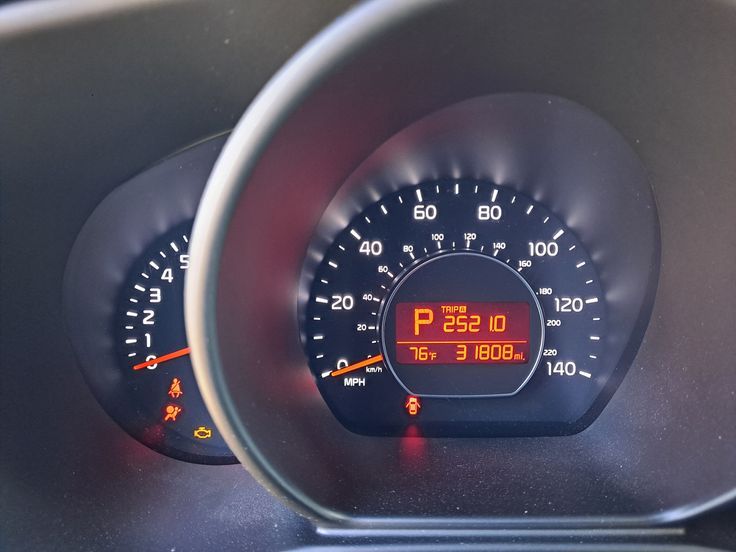
When your check engine light is flashing, regardless of the circumstance. If you want to try to solve the issue on your own, you will need a diagnostic scanner. There are many different kinds of car error readers available right now on the market for affordable, portable pricing. If you wish to inspect the car personally, you can arm yourself with one. If you don’t have this tool, you can still drive your car to an auto part shop, where they’ll typically do it for no charge. The cause of the check engine light flickering phenomena is when the engine check light flickers.
This can be the exhaust gas brought on by the ignition coil, thermostats, and spark plugs. In this situation, you must act fast to repair the fuel pump for the car and clean the sensors, spark plugs, and other components.
Reminder: If you are unskilled with battery removal, you shouldn’t simply unplug the power source to turn off the check engine light. When using this method, the light may occasionally blink, but the error is only momentarily repaired. The quickest way to find the right issue and fix it quickly is to bring the car to a garage equipped with a diagnostic tool or fault scanner.
Cost To Repair Flashing Check Engine Light
There are a variety of reasons why an engine misfires, and the cost of repairs ultimately depends on the cause. Fortunately, the two most frequent reasons for engine misfire may be fixed for relatively little money.
Lower Cost Repairs:
For instance, replacing spark plugs only requires approximately an hour of labor and can be done for $20 to $100 in parts. Depending on the make and model of your car, replacing an ignition coil will cost you about $300.
Repairs at a Higher Cost:
More serious problems, such as a blown head gasket or a blown catalytic converter, can cost thousands of dollars. Catalytic converters can cost up to $2000 in parts alone, whereas replacing a head gasket takes a lot of work.
Causes of Flashing Check Engine Light
An engine misfire could happen for a variety of reasons. An engine needs to be getting the right amount of power from your car’s cylinders in order to run smoothly. An engine misfire could happen if a cylinder stops generating power. The following are causes of typical misfires:
-
Ignition issues
It’s common for ignition parts to experience constant wear and tear, which frequently results in spark-deficient plugs or incorrect ignition timing. If your check engine light is blinking, it may be because spark plugs and ignition coils require routine maintenance and replacement.
-
Fuel Mixture
For proper operation, cylinders need a precise ratio of fuel to air. If there is too much air in the cylinder, an imbalance in the mixture can cause delayed acceleration or backfiring, and if there is too much fuel, it can cause overheating and jerky running. The components of the fuel system need to be extensively inspected in order to address these problems.
-
Low Compression
Your cylinders’ proper fuel mixture will provide the right amount of pressure, and if there is an air or fuel leak, the outcome is a loss of that pressure. As a result, the car may frequently accelerate slowly, have poor power, or shake or jerk. Pressure drops may be caused by leaks in the head gasket, piston holes, damaged valves, or worn timing belts.
-
Faulty Engine Sensor

A variety of sensors are integrated into the engine and provide data to the computer. The computer uses this data to decide how to operate more effectively. The computer is getting inaccurate information if one of the sensors is malfunctioning. This issue can result in the computer making judgments that it shouldn’t, which causes an imbalance and significant performance issues.
The mass airflow sensor and the oxygen sensor are two of the most frequent sensor malfunctions. The coolant temperature sensor or any other high-tech component, however, might also be having issues. Scanning the codes is the only way to determine for sure which one is the issue.
Fixing of a Flashing Check Engine Light
When the Check Engine Light begins to flash, you must stop driving immediately. Once you’ve been stopped, follow these instructions to solve the problem.
-
Scan Trouble Codes

You must first examine the issue codes in order to resolve a flashing check engine light. The DTCs that are set in the computer can be read using your skilled code scanner. To find out what’s going on, you can utilize a number of OBD-II scanners, however some read more codes than others.
There are alternative choices if you don’t have a scanner of your own. You can visit a store that sells vehicle components and gives free scanning services. Depending on the fault codes you discover, you should carry on with the troubleshooting. On Mechanic Base, there is a library where you may learn more about various fault codes.
-
Inspect Engine Sensors
Not all of your car’s engine sensors are accessible for physical inspection. However, the code scanner ought to make it easier for you to identify the potential offender.
If you can identify the problematic sensor, you might be able to simply clean it and reinstall it. If not, a replacement will be required.
-
Contact A Professional
You should take the Check Engine Light carefully if it is flashing. This alert light signals that a serious situation is developing. For this reason, it’s occasionally better to seek professional advice.
With something as crucial as your car engine, you don’t want to take any chances. Consider taking the time to look for a trustworthy repair company whether you require assistance with diagnostics or repairs.
-
Inspect Spark Plugs and Ignition Coils
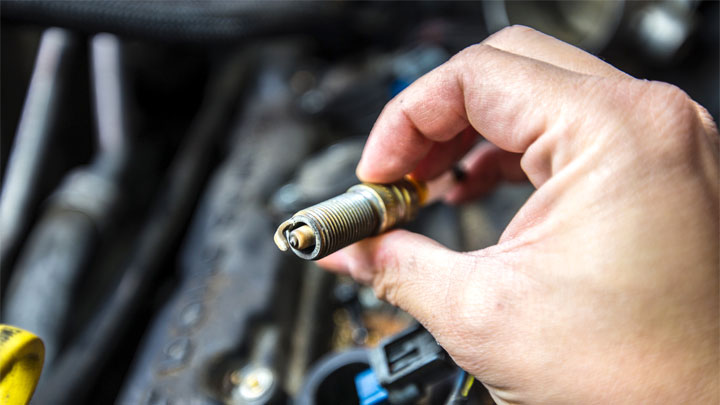
You should examine the spark plugs if the codes make you think that the ignition system is at fault. The plug may malfunction when carbon accumulates on it. The spark plug must be changed as the only remedy.
You must also replace the ignition coils if the code indicates an issue with them. The error code should show the malfunctioning coil.
-
Check Fuel Pressure
You can use a specialized gauge to check the fuel pressure. Examine the location by reading your service handbook normally to see where it should be.
You may also check the fuel pressure using various sophisticated scanners. If it is too low, you must identify the problematic component and replace it.
Conclusion
A flashing check engine light alerts you to a critical issue that has to be fixed right away. Low fuel pressure or a misfiring engine could be the culprits. Low compression or a malfunctioning engine sensor may also be to blame. In any case, you need to put the car in park right away.
There is no time to waste because a few extra seconds could determine whether or not your engine sustains damage. Find a secure spot to stop, then shut off the engine as soon as the light begins to blink.
FAQ’s
Q. Why Is My Engine Light Flashing And My Car Shaking?
Most of the issues that trigger a Check Engine light Flashing lights can impair performance through shaking, for example. A proper diagnosis will show whether the issue is with the spark, the fuel delivery, low pressure, or a defective sensor.
Q. How Much Does It Cost To Fix A Flashing Engine Light?
The majority of the issues that result in a Check Engine light Light flashing can sometimes cause concerns with performance, such as shaking. A proper diagnosis will reveal if the issue is a spark problem, fuel delivery issues, low pressure, or a defective sensor.
Q. Can I Drive With A Blinking Check Engine Light?
While it may be safe to drive with a solid Check Engine Light, if it begins to flash, it is necessary to pull over. Continuing to drive may cause irreversible engine damage, which is why many automobiles will enter Limp Mode during this time. As soon as it is safe to do so, pull over to the side of the road.
Q. Is It Worse If Your Check Engine Light Is Flashing Or Solid?
A Check Engine Light is never a good thing. The solid warning light, on the other hand, is frequently less bothersome than the flashing light. A blinking Check Engine Light usually signifies an impending failure that could result in the engine being destroyed. As a result, you should immediately cease driving.